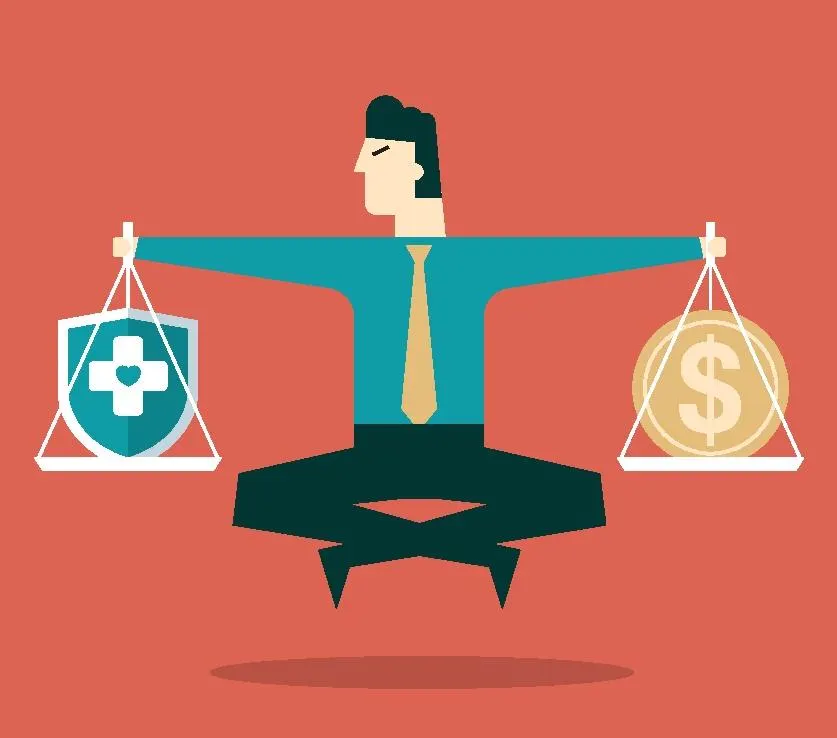By Anthony T. Lo Sasso,Contributor
Copyright forbes

The open question is whether policies should lean more heavily on markets, with their proven record of innovation and efficiency, or on government interventions that expand access but risk slowing progress.
Calls to lower drug prices are back in the headlines, most recently with the president’s TrumpRx initiative aimed at easing the financial burden on patients and taxpayers by bringing U.S. drug prices closer to those paid abroad. The appeal is obvious: cheaper prescriptions today mean immediate relief for millions of households. But economics teaches us that every policy comes with trade-offs.
Mandating lower prices risks reducing investment in new therapies, leaving future patients with fewer options for cancer, Alzheimer’s or rare diseases. The unseen cost is the drug that never leaves the lab.
This dilemma is hardly unique to pharmaceuticals. In healthcare, short-term considerations often collide with long-term consequences. Economists describe this tension as the essence of trade-offs, a framework that shapes everything from how treatments are developed to the decisions we make in our own lives.
Markets and Governments: Different Incentives, Different Results
Healthcare goods and services respond to incentives, much like apples or airline tickets. Markets, driven by countless individual decisions, tend to encourage innovation and efficiency. However, they’re not flawless: patients might lack enough information to “shop” effectively, and high costs can exclude the vulnerable, raising concerns about fairness.
Governments, meanwhile, aim to promote access and stability. But their incentives tilt toward the short term. Politicians are rewarded for quick wins and sound bites that resonate in the next election cycle. Bureaucrats face little consequence if tomorrow’s cures never materialize: their paycheck is the same regardless of long-run results. These dynamics imply that government action can provide relief today but often at the expense of progress tomorrow.
MORE FOR YOU
The Drug Pricing Dilemma
Drug pricing illustrates the trade-offs. Lowering costs, as politicians often promise, is instantly appealing, like a donut on the policy buffet, sweet and satisfying.
The Inflation Reduction Act’s “price negotiations” empower Medicare to set prices on certain high-cost drugs, while the Trump administration’s revived “Most Favored Nation” policy ties U.S. payments to the lowest rates abroad. Both approaches aim to make treatments more affordable today, easing burdens on patients and taxpayers.
But there’s a catch. History suggests that mandated lower prices reduce investment in new therapies, meaning fewer cures for cancer or rare diseases tomorrow. The unseen cost is the drug that never leaves the lab.
Critics of high prices raise a valid point: without affordability, life-changing drugs like Ozempic — developed through billions in risky investment — remain out of reach for many. The trade-off is unavoidable: near-term affordability versus long-run innovation. This is the broccoli alternative to the donut: less tasty, but good for you in the long run.
Lessons from Success and Struggle
Operation Warp Speed shows how government can complement, rather than substitute for, market forces. By covering financial risk, the government enabled private biotech firms to deliver COVID-19 vaccines in record time. Innovation still came from the competitive biotech sector; the policy simply accelerated the process by de-risking investment.
Markets also deliver when left relatively free. LASIK eye surgery, rarely covered by insurance and largely free of government price-setting, has seen real prices fall over time while quality improved. Better technology, fewer complications and sharper outcomes arrived even as inflation-adjusted costs declined — an unusual pattern in healthcare. Competition, not centralized planning, pushed value upward.
By contrast, heavy-handed regulation often creates bottlenecks. For example, the FDA’s long and costly approval pipeline illustrates how bureaucracy can slow access to new treatments. Safety is paramount, but excessive delays or overcaution can leave patients waiting years for therapies.
The Seen and the Unseen
Economist Frédéric Bastiat distinguished between the “seen” and the “unseen.” A cheaper drug today is seen; the therapy that never exists tomorrow is unseen. Mandating lower prices may lighten wallets now but could lead to fewer breakthroughs later. Conversely, allowing high market prices unchecked risks leaving patients behind, fueling political calls for intervention.
It’s like burning your furniture to stay warm: comfortable tonight, but tomorrow you’re cold and sitting on the floor.
Why Trade-Offs Matter
Economists always ask: What happens next? When prices are capped, innovation may stall. When insurance coverage expands, costs shift — higher taxes, premiums or fewer dollars for other priorities. Markets harness local knowledge, reward efficiency and create strong incentives for progress, but they can leave gaps in access. Governments can fill some of those gaps but often prioritize short-term optics over long-term outcomes.
The most successful policies tend to be hybrids that leverage market dynamism while addressing its shortcomings. Operation Warp Speed did exactly that. LASIK shows how lightly regulated markets drive better value. On the other hand, blunt price controls risk reducing the pipeline of future cures.
The Balancing Act Ahead
The debate isn’t simply markets versus government; it’s about finding the right mix of affordability, access and innovation. The trade-offs cannot be avoided; they can only be managed.
The open question is whether policies should lean more heavily on markets, with their proven record of innovation and efficiency, or on government interventions that expand access but risk slowing progress. In healthcare, as in life, it’s trade-offs all the way down — and the choices we make today will shape the cures, costs and care of tomorrow.
Editorial StandardsReprints & Permissions